HBO’s sensation The Last of Us ended its first season with a bang. The show began airing in January, quickly becoming the most talked-about series on television and a worthy successor to HBO’s now-iconic Sunday night lineup. Led by Game of Thrones breakouts Pedro Pascal and Bella Ramsay, the show adapts Naughty Dog’s universally beloved game about a smuggler escorting a teenager across a ravaged, postapocalyptic America. Haunted by infected mutants, government officials, and other lawless characters, the two form an intimate and powerful bond as they try to survive.
The first season remained stellar throughout its nine episodes, delivering compelling, thought-provoking, and thematically rich narratives that strengthened the source material’s already extensive lore. Each episode in The Last of Us was a brilliant display of artistry, with top-notch writing, directing, acting, and production values. However, some episodes stood out more than others, whether because of their insightful storytelling, striking visuals, powerful performances, or a combination of all these crucial elements.
Note: This article features spoilers for season 1 of The Last Of Us.
9. Kin

Joel and Tommy’s long-awaited reunion felt underwhelming and somewhat rushed. Kin is the show’s sixth episode, following the gut punch of Endure and Survive; perhaps that’s why it feels so disappointing. As Joel reconnects with his brother and deals with anxiety and self-doubt, Ellie finds herself hesitant about her place with Joel and her future with the Fireflies.
Kin is a necessary change of pace for the show after the dramatic heights of Endure and Survive. However, it also feels somewhat jarring, like pulling the brake abruptly after going 150 mph. Rutina Wesley is always a welcome sight, and Gabriel Luna is great in his scenes with Pascal, however, the episode is ultimately the closest thing the show ever comes to a letdown.
8. Please Hold to My Hand
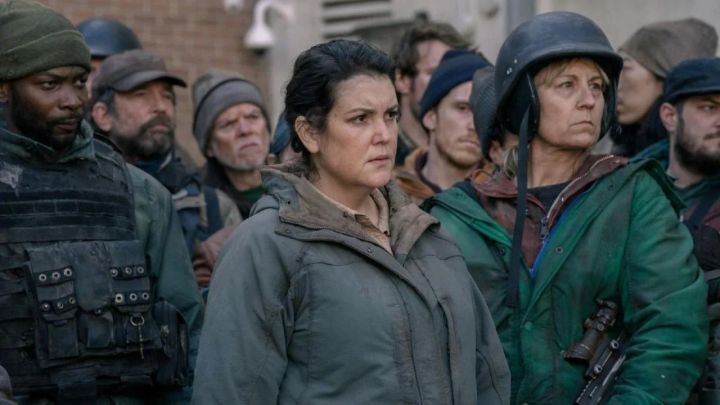
Emmy nominee Melanie Lynskey debuts in The Last of Us as Kathleen, the leader of the Kansas City resistance and a woman hell-bent on reveng. Joel and Ellie play second fiddle to Kathleen and her desperate, senseless quest for two mysterious characters, Henry and Sam.
Lynskey does most of the heavy lifting, playing an underdeveloped character. However, Please Hold to My Hand can’t rise to the occasion, especially after the spectacular previous episode. Please Hold to My Hand is mainly concerned with setting the stage for the showdown in episode 5, and it succeeds at that. However, as a chapter in an ongoing story, it feels like the closest thing The Last of Us has to a filler episode.
7. Look for the Light
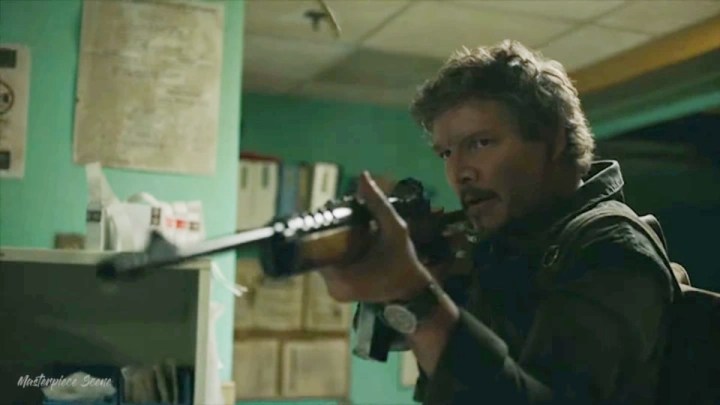
The Last of Us reaches its inevitable conclusion with Look for the Light, an episode that rushes to wrap its story, and only half succeeds. An unhinged Joel kills most of the Fireflies and rescues Ellie, complicating their relationship and ending the season on an unclear, bleak note.
Look for the Light feels anticlimactic and surprisingly hurried. After eight episodes of slow-building suspense, the show opts for a hastened approach to finish the Fireflies storyline by turning Joel into Rambo — a surprising choice, considering it previously made a conscious decision to avoid this game-accurate representation. Still, Joel and Ellie’s relationship is at its strongest, and the final emotional payoff is satisfying. The Last of Us episode 9 sets up season 2 with a suitably dire ending that will satisfy fans;. However, considering the heights the show reached in previous episodes, it can’t help but feel underwhelming.
6. Infected
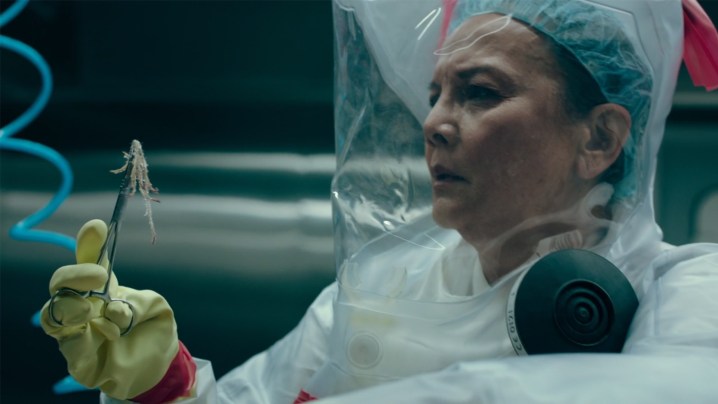
Like episode 1, the second episode, Infected, opens with a haunting scene about Ratna Pertiwi, an Indonesian mycologist learning about the cordyceps outbreak. Indonesian actress Christine Hakim cameos as Pertiwi. Her scene is short but crucial, further establishing the outbreak’s danger, and her advice about bombing the city to prevent cordyceps’ propagation was remarkably chilling.
Infected has another MVP, the ever-underrated Anna Torv. As Tess, Torv is decisive, dominating every moment she is on the screen and stealing the spotlight from the show’s dynamic duo. Infected ends with Tess sacrificing herself to allow Joel and Ellie to escape, leading to a bizarre and eerie scene where an infected quite literally gives her the kiss of death. The episode expands on the show’s lore and adds layers to how the infected operate and behave, something that The Last of Us could’ve used more.
5. When We Are in Need
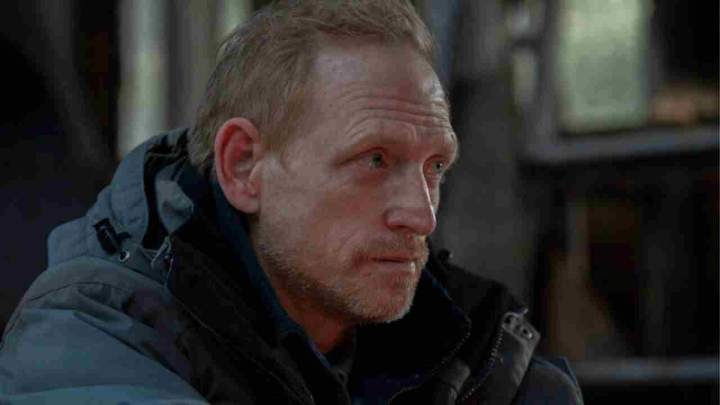
The game’s original Joel, Troy Baker, cameos in episode 8 of The Last of Us. When We Are in Need finds Ellie and Joel separated as they become targets of a dangerous cult-like group. The episode sees Joel at his most ruthless; still recovering from his stab wound, he is in full killing-machine mode, offing anyone who crosses his path on his way to rescue Ellie.
Alas, When We Are in Need is mainly a showcase for Bella Ramsey. The episode marks a pivotal turning point for Ellie as she comes face-to-face with the evil in this lawless, cruel world. Scott Shepherd’s blood-curdling performance further elevates the material, with the underrated actor playing the show’s best villain. However, this is Ramsey’s episode to shine, and the actor rises to the challenge, delivering her most complex and poignant work on the show.
4. Left Behind
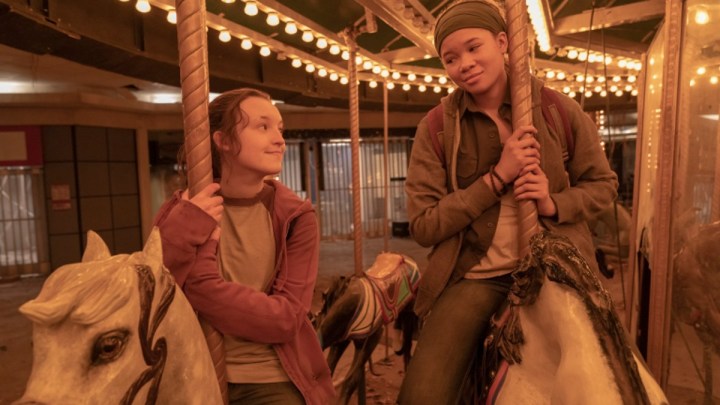
Like episode 3, episode 7 acts mostly as a stand-alone hour. Left Behind adapts The Last of Us‘ DLC of the same name to tell the story of Ellie’s time before being captured by FEDRA. The episode focuses on her relationship with her best friend and first love, Riley, and the tragic events that lead to Riley’s death.
Storm Reid makes her The Last of Us debut as Riley, playing the character with a mix of youthful bravado and doubt. Her partnership with Ramsey is stellar, with both actors developing a flirtatious, yet fearful dynamic that perfectly captures the awkwardness of first love. Left Behind is vital for Ellie’s character development, revisiting her past to shape her future. Bright and striking, the episode is visually distinctive from the show’s otherwise bleak style, distinguishing it among the season’s nine chapters.
3. When You’re Lost in the Darkness

Every great series has a great pilot episode, and The Last of Us is no exception. When You’re Lost in Darkness blends horror and drama to craft a rich dystopian story that instantly hooks viewers. From the remarkable opening scene with the always-appreciated John Hannah to the following sequences portraying the outbreak’s beginning, the episode is a nonstop thrill ride.
Tense, fast-paced, and borderline addictive, When You’re Lost in Darkness effectively sets the stage for the rest of the season. The episode does a stellar job presenting the series’ conflict and establishing Joel and Ellie’s character arcs while still doing considerable world-building. Tight and technically excellent, When You’re Lost in Darkness is among the best pilot episodes in modern television and a spectacular debut for The Last of Us.
2. Endure and Survive

Although not as standalone as 3 and 7, episode 5, Endure and Survive, is more about Henry and Sam than Joel and Ellie. The siblings’ heart-wrenching storyline takes center stage as they join Joel and Ellie in an attempt to leave Kansas City to escape Kathleen’s obsessive wrath.
Lamar Johnson and Keivonn Montreal Woodard deliver Emmy-worthy performances as the doomed siblings, aided by the unhinged Lynskey, who takes Kathleen to the next level on the crazy scale. The episode’s climactic showdown, an epic scene where a horde of infected strikes the Kansas resistance force, stands as The Last of Us‘ most spectacular set piece. However, Endure and Survive remains as emotionally powerful as any of the show’s other episodes, with an ending so devastating it pierced straight through the audience’s heart. Endure and Survive is The Last of Us at its utter best, delivering on every front while reminding audiences how bleak and dangerous this apocalyptic world is.
1. Long, Long Time
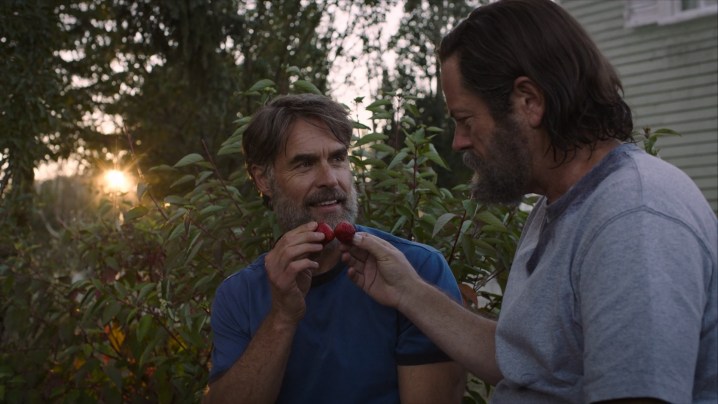
Long, Long Time was more than an episode of television; it was a cultural event. Episode 3 of The Last of Us centers on Bill and Frank, two gay men living a peaceful, uneventful life in a heavily protected, secluded town. Played by the familiar but somehow still underrated Nick Offerman and Murray Bartlett, Bill and Frank are two of the show’s most memorable characters outside of Joel and Ellie.
Bill and Frank’s storyline marks the biggest departure from the source material in service of adhering to the show’s more humanistic approach. Long, Long Time fits the series’ thesis more than any other episode. Contrary to what most people believe, The Last of Us is not a zombie show, but an exploration of humanity at the end of the world. Bill and Frank’s story fits this theme to a tee, presenting a story of two people finding each other against all odds and in the most unexpected circumstances and creating a life together. Long, Long Time is The Last of Us‘ most bittersweet, yet rewarding episode and one of the finest hours in modern television.



